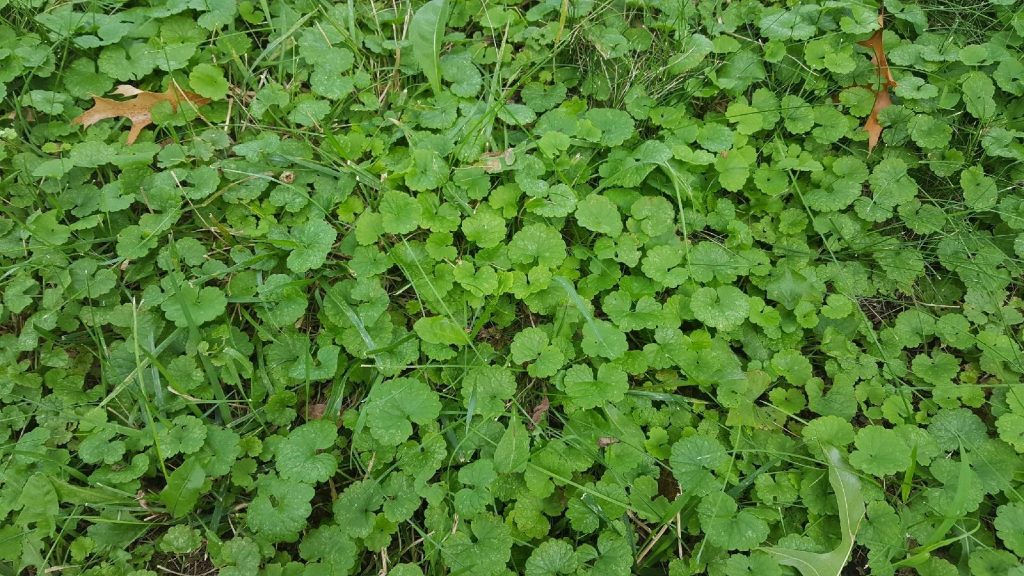“Creeping Charlie”: A Common Spring Weed
go.ncsu.edu/readext?671610
en Español / em Português
El inglés es el idioma de control de esta página. En la medida en que haya algún conflicto entre la traducción al inglés y la traducción, el inglés prevalece.
Al hacer clic en el enlace de traducción se activa un servicio de traducción gratuito para convertir la página al español. Al igual que con cualquier traducción por Internet, la conversión no es sensible al contexto y puede que no traduzca el texto en su significado original. NC State Extension no garantiza la exactitud del texto traducido. Por favor, tenga en cuenta que algunas aplicaciones y/o servicios pueden no funcionar como se espera cuando se traducen.
Português
Inglês é o idioma de controle desta página. Na medida que haja algum conflito entre o texto original em Inglês e a tradução, o Inglês prevalece.
Ao clicar no link de tradução, um serviço gratuito de tradução será ativado para converter a página para o Português. Como em qualquer tradução pela internet, a conversão não é sensivel ao contexto e pode não ocorrer a tradução para o significado orginal. O serviço de Extensão da Carolina do Norte (NC State Extension) não garante a exatidão do texto traduzido. Por favor, observe que algumas funções ou serviços podem não funcionar como esperado após a tradução.
English
English is the controlling language of this page. To the extent there is any conflict between the English text and the translation, English controls.
Clicking on the translation link activates a free translation service to convert the page to Spanish. As with any Internet translation, the conversion is not context-sensitive and may not translate the text to its original meaning. NC State Extension does not guarantee the accuracy of the translated text. Please note that some applications and/or services may not function as expected when translated.
Collapse ▲Typically, in the High Country region of western North Carolina, before lawns become green and the mowers begin humming, many undesirable early Spring weeds decide to make their appearance. While some weeds can be overtaken by healthy lawn grasses which will soon follow, when others get established, they can be difficult to control. One of the more common weeds that tends to blanket and take over a yard fairly quickly is ‘creeping Charlie’, also known as ‘ground ivy’. It’s not actually an ivy at all, though. It belongs to the mint family, but is a perennial that can be frustrating to control.
Creeping Charlie generally starts out in edges or shady spots around the lawn. However, once established, each plant will send out shoots in several directions, forming a dense mat. While you can manually pull up these mats by hand as a quick fix, you need to be pretty diligent to gain control this way. Often, when folks realize that it’s a problem, this weed has spread farther than manually pulling can alleviate. Several herbicides are available that can be used at a regular interval to control this perennial. Right now is a perfect time to treat while the plant is in bloom. You can also manage it with an herbicide application in the fall before it goes dormant for the season. For more information and recommendations on how to control creeping Charlie or ground ivy, contact the N.C. Cooperative Extension of Watauga County at 828.264.3061.





